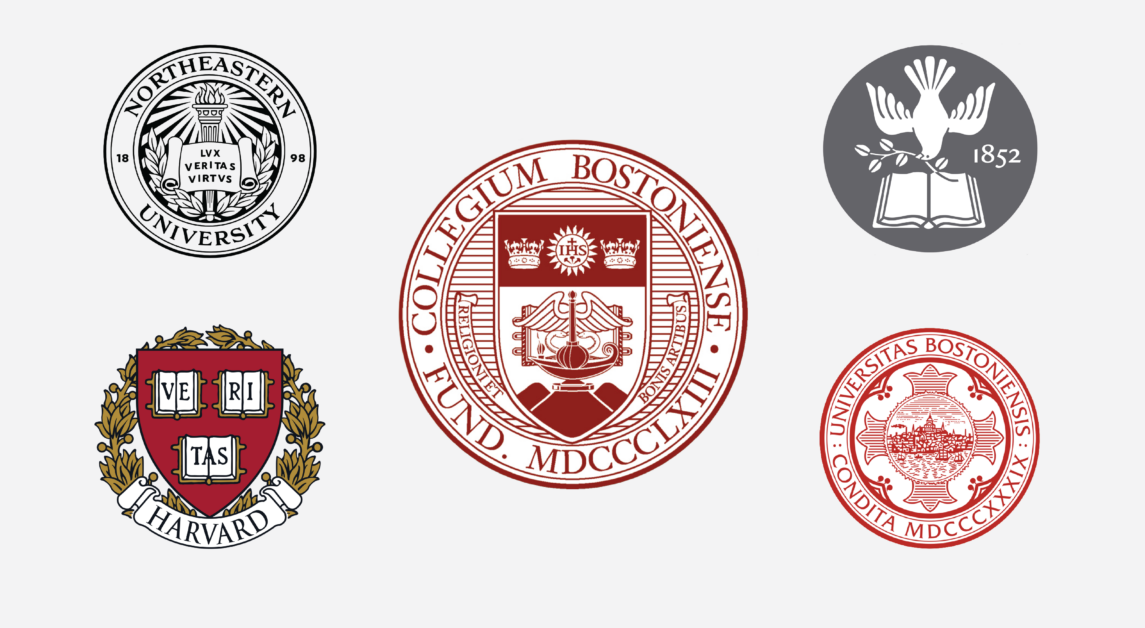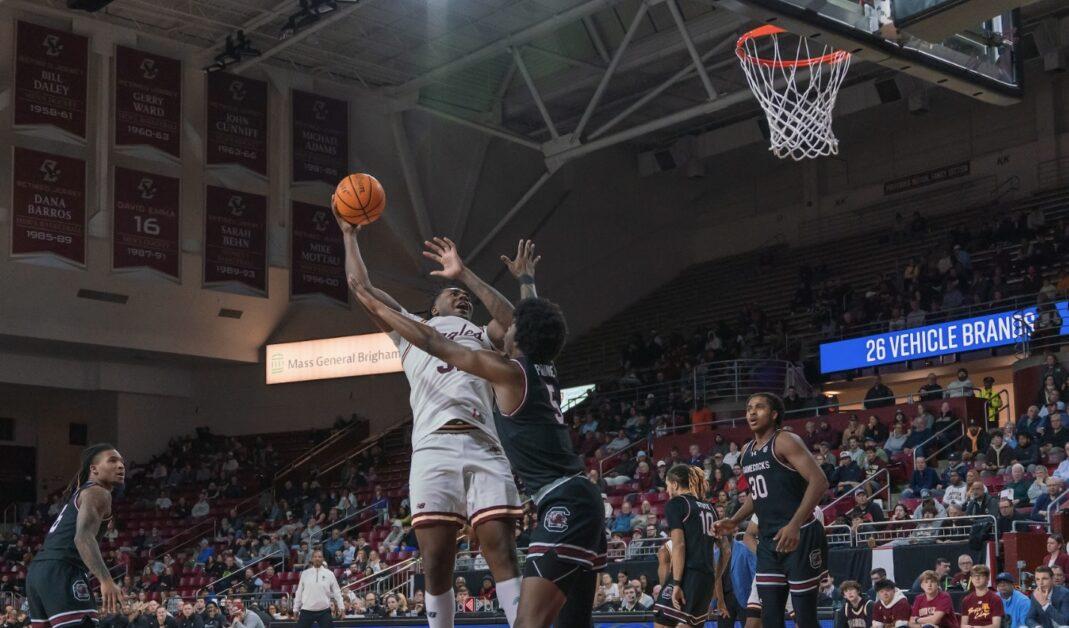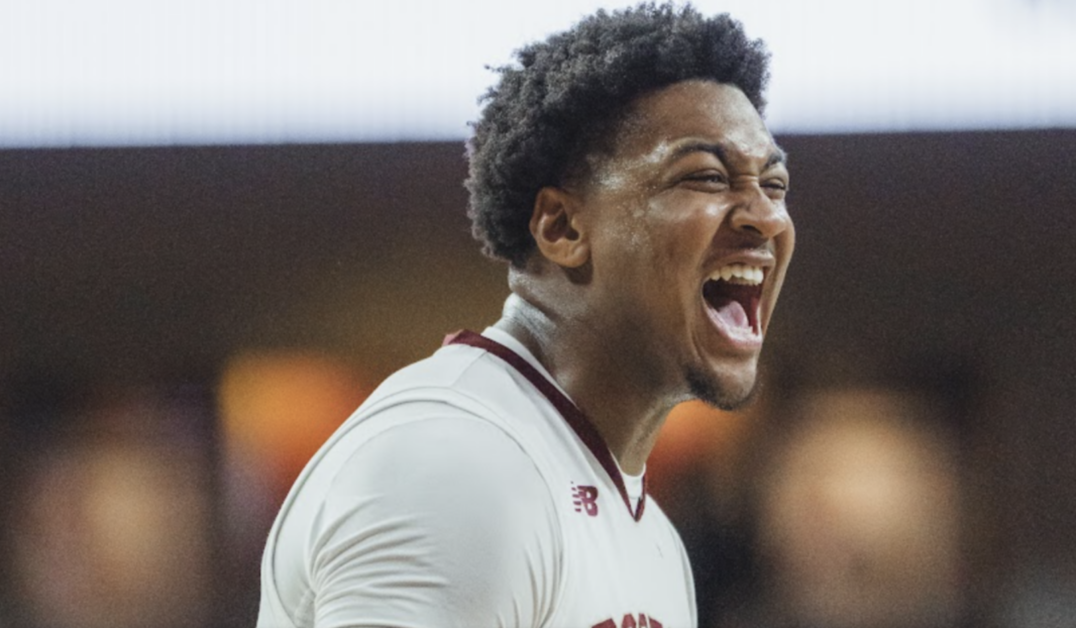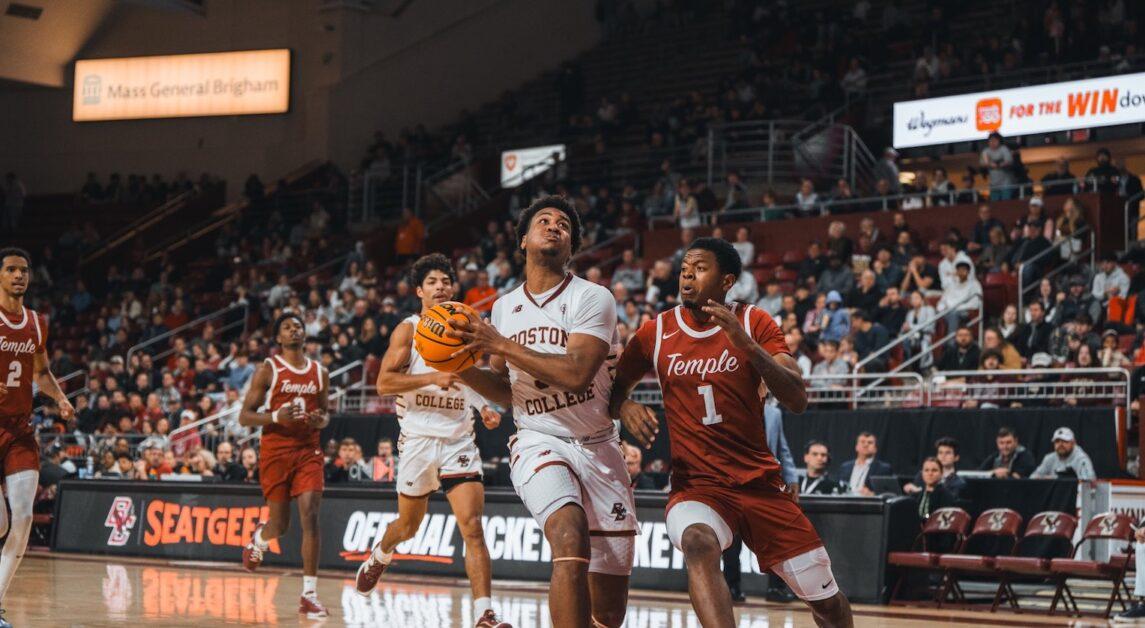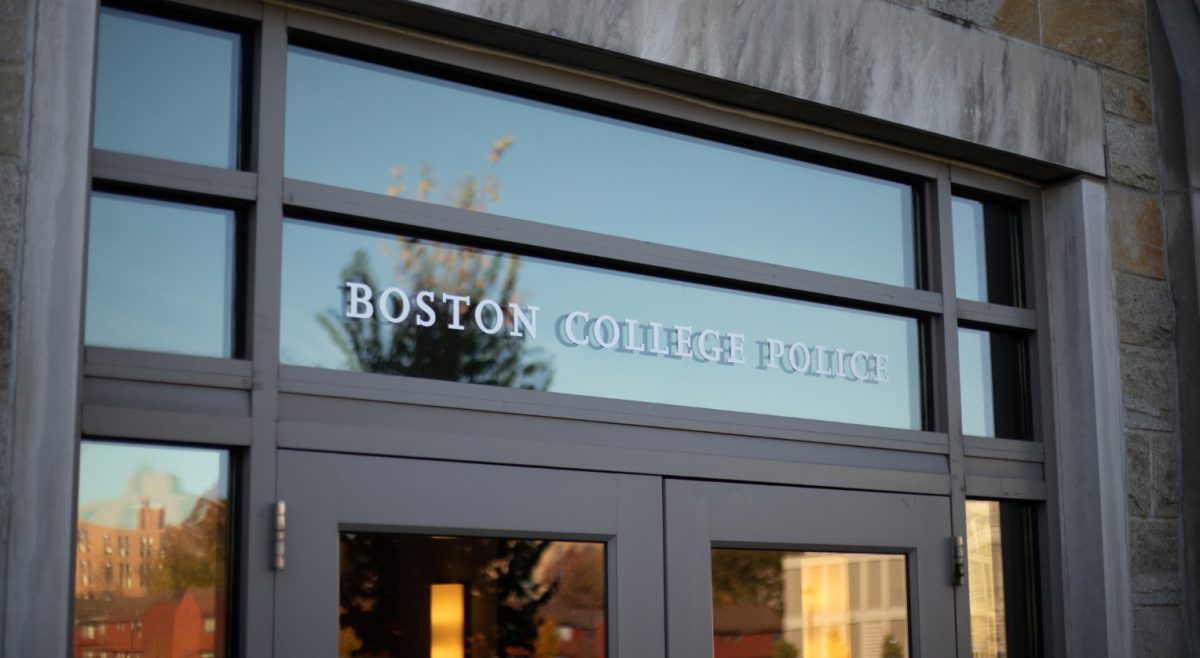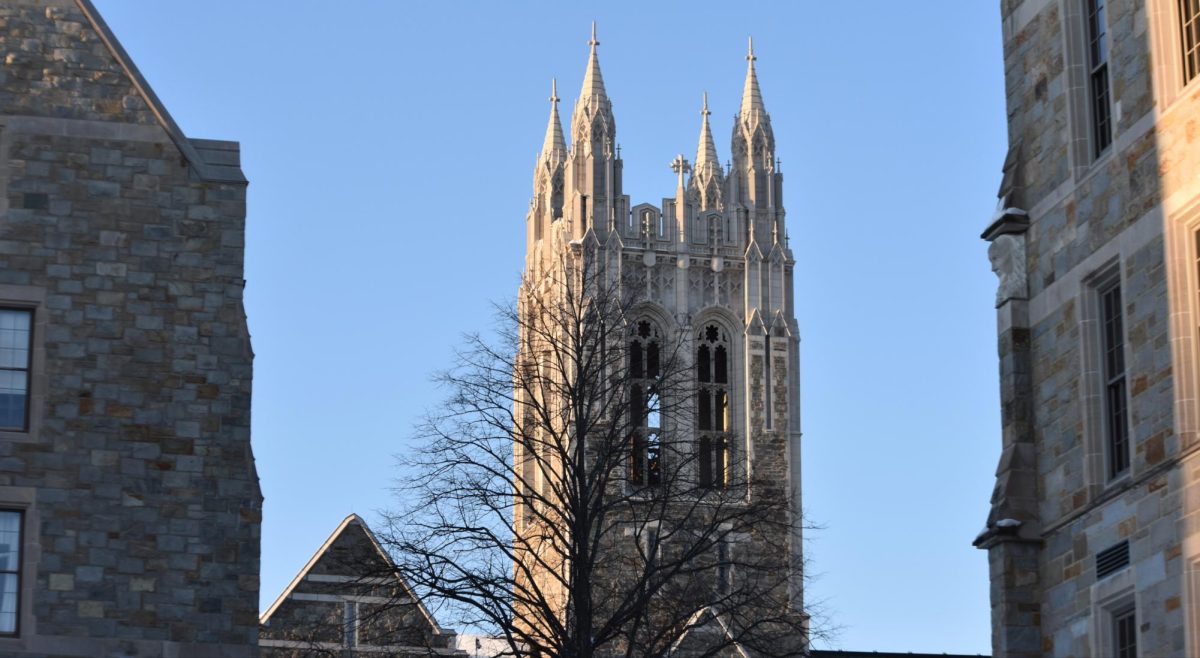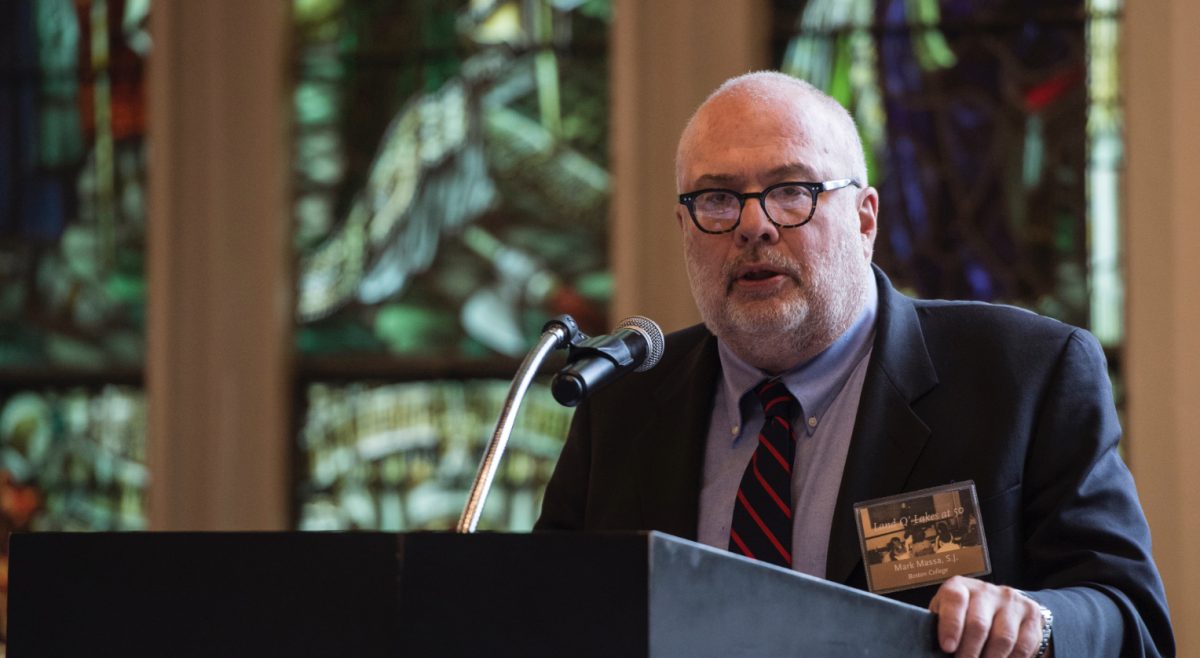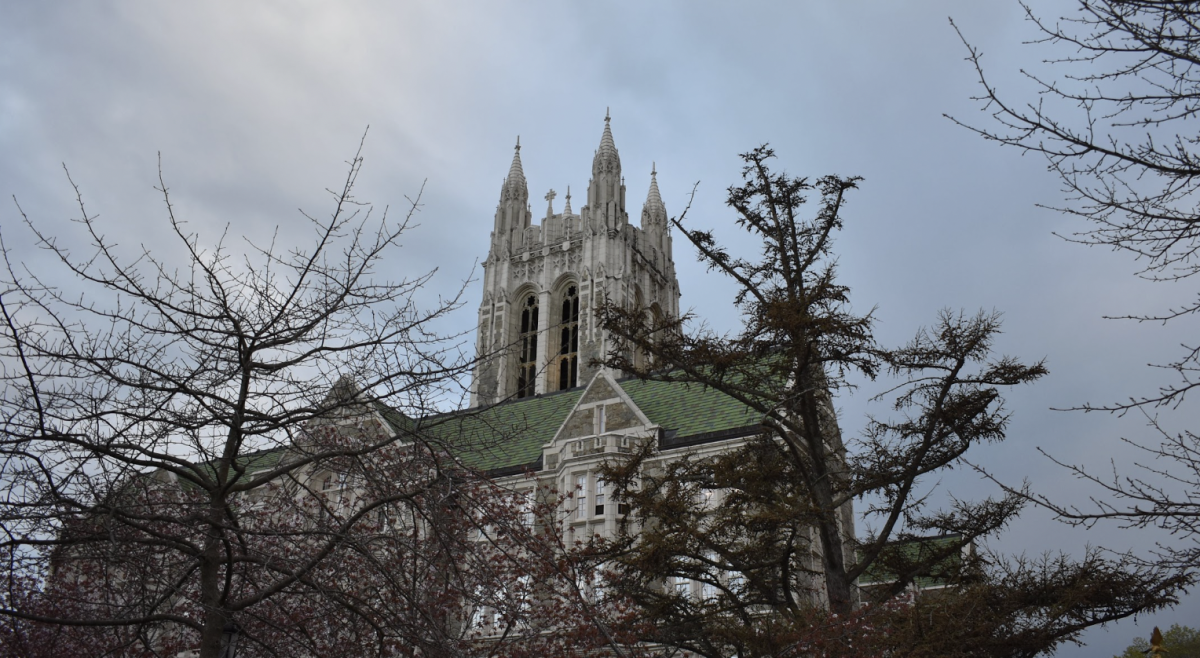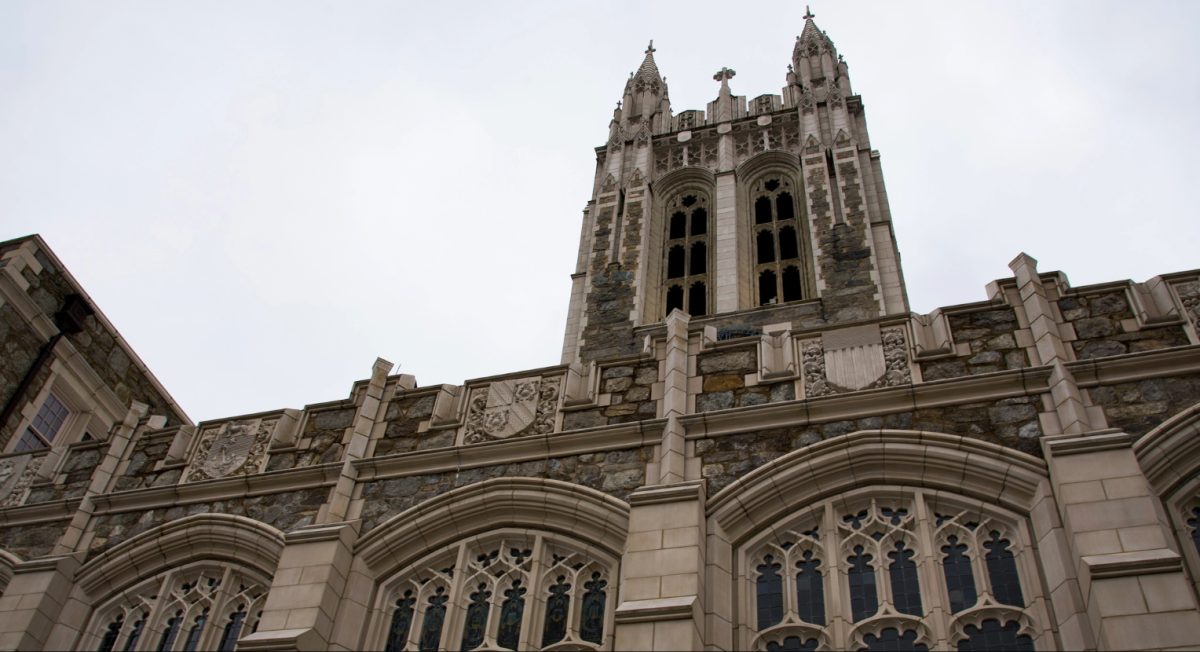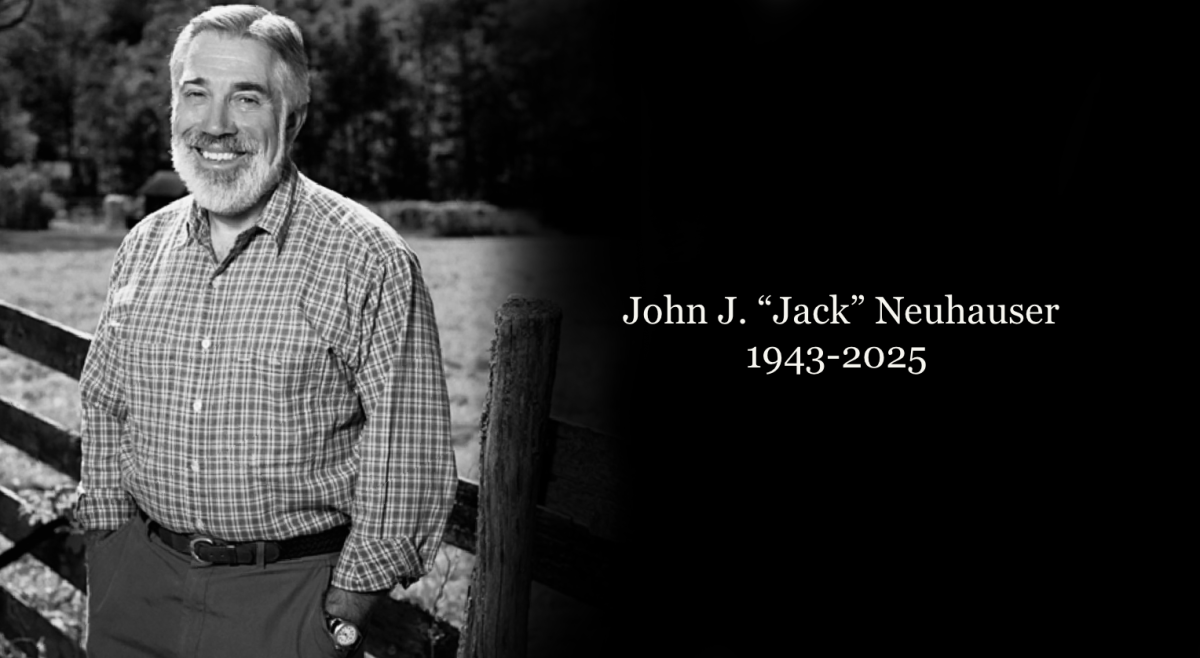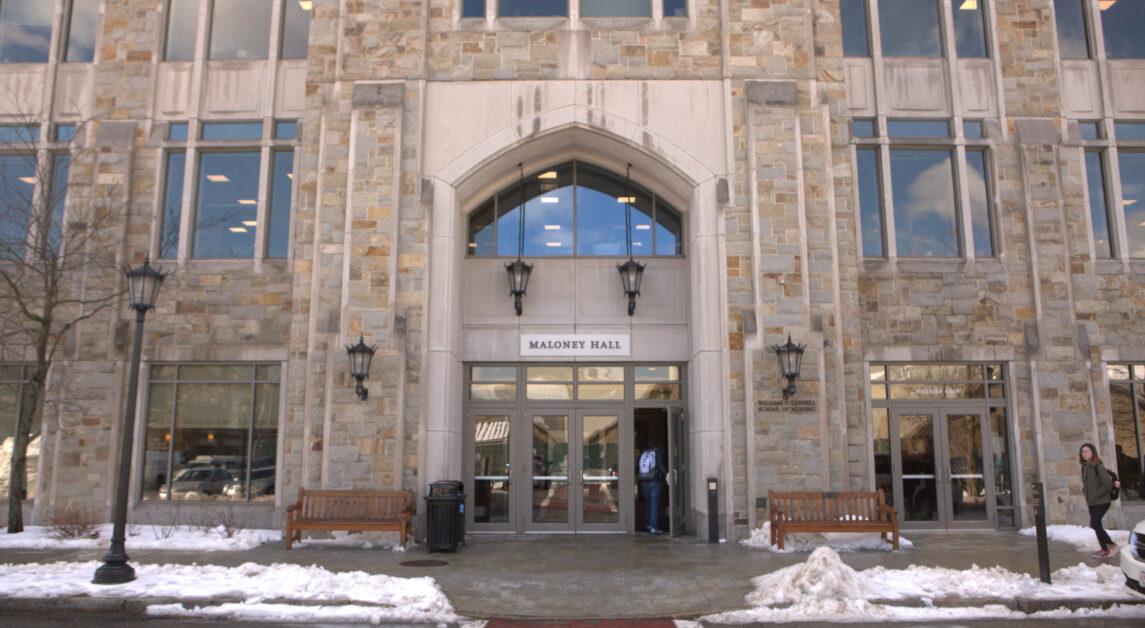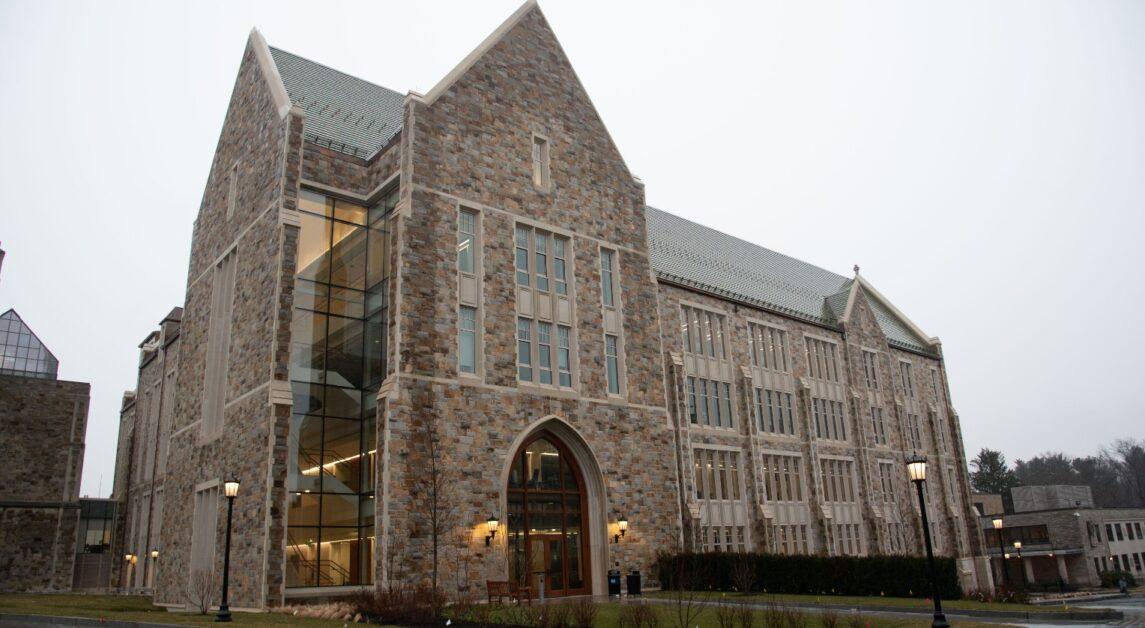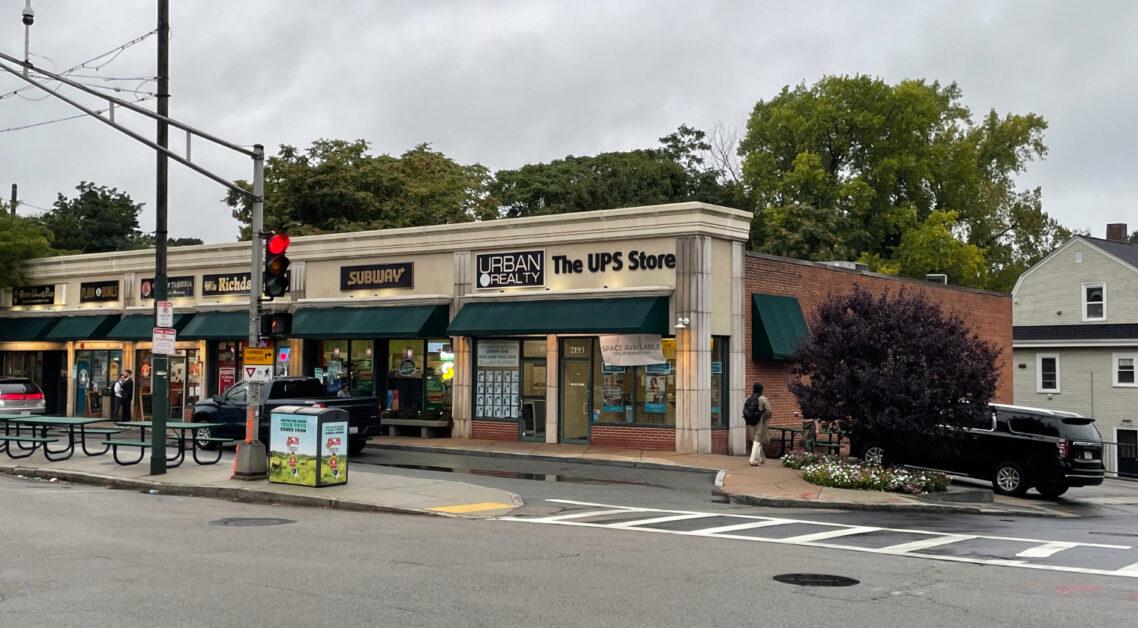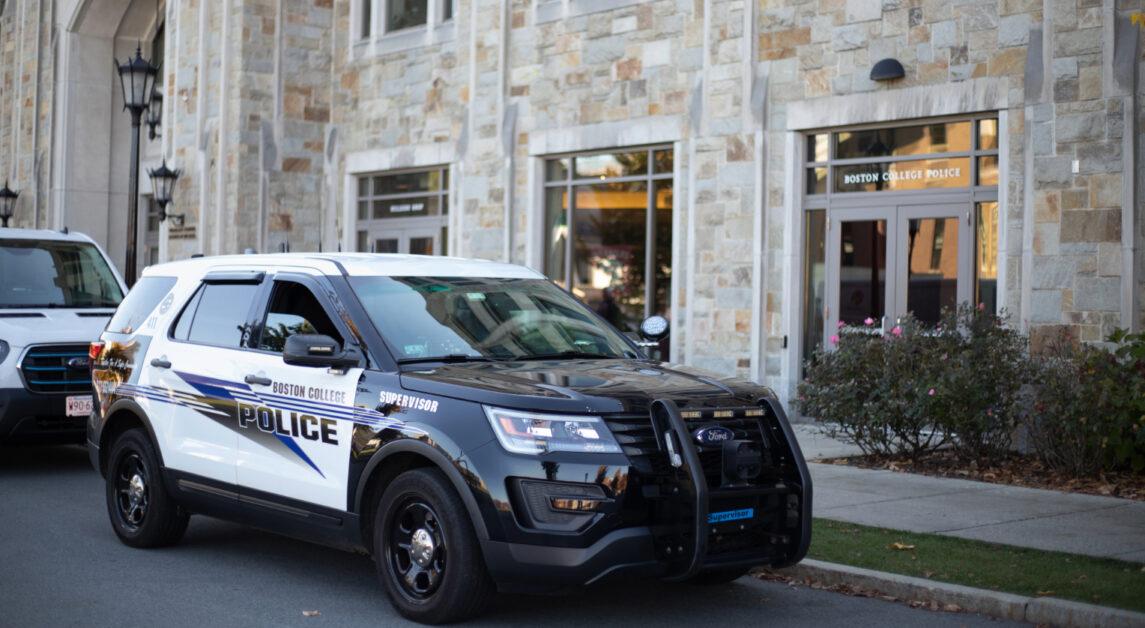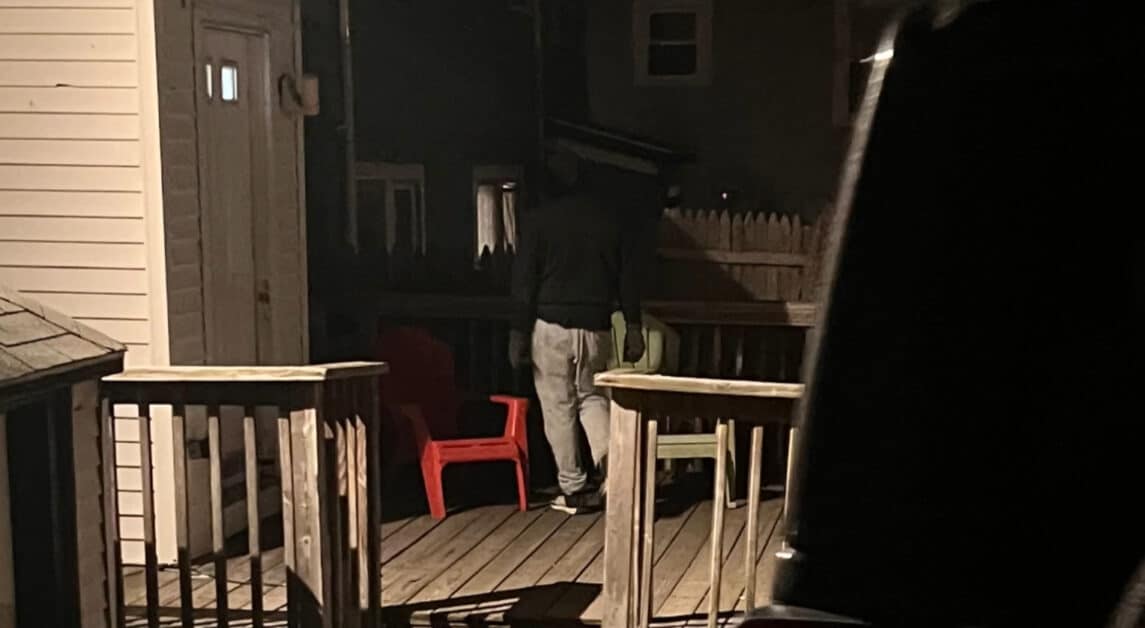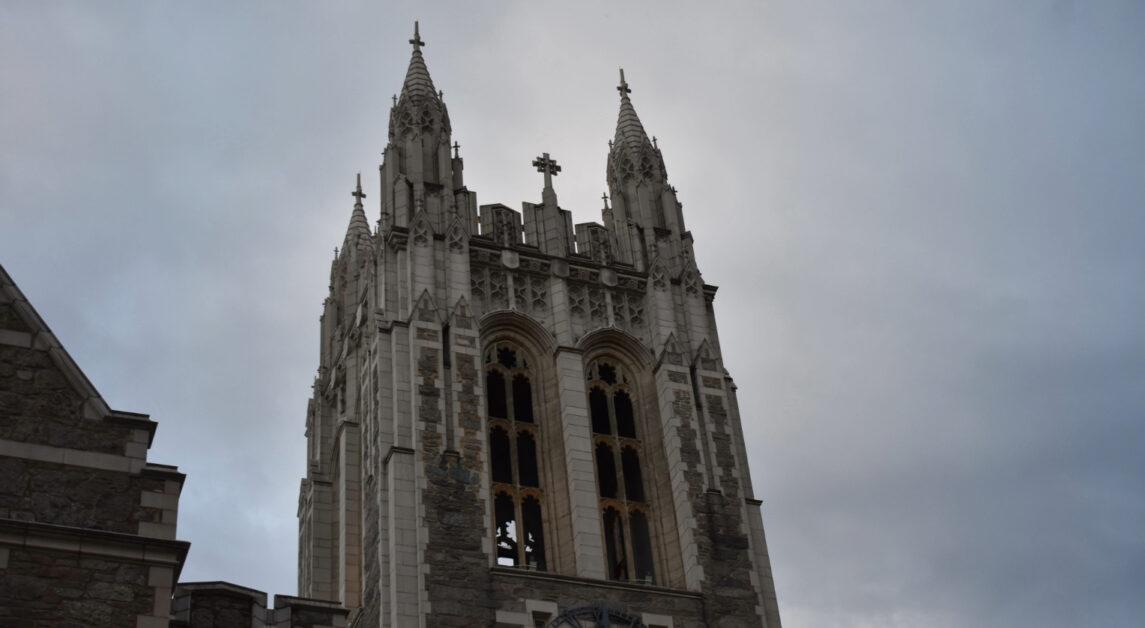Though faced with similar challenges, universities in the Greater Boston area—including Boston College, Boston University, Tufts University, Harvard University, and Northeastern University—have distinct protocols to fight the spread of COVID-19 on their campuses.
“I think for the people who haven’t had [COVID-19], it’s something to think about, but it’s not a huge concern,” Ellee Tomaru, a freshman at Northeastern, said. “People are still worried about it and taking precautions, following all the restrictions, like everyone wears their masks, but I wouldn’t say anyone’s very fearful.”
Testing Policies
One fundamental facet of each school’s COVID-19 policy is the testing system. BC, for example, conducts surveillance testing, where University Health Services randomly selects and swabs community members throughout the week, who then receive their results via email or phone call.
Other schools, however, differ in their approach to testing. Northeastern, BU, and Tufts students each head to a designated building to get tested, but swab themselves while under observation from staff.
“I think it’s done really well,” Tomaru said. “It’s really organized and it takes 24 hours basically, sometimes less, to get your results back.”
Students at Harvard pick up testing materials at various departments, units, and residences on campus, swab themselves, and then leave their tests at designated drop-off locations.
The frequency of testing also varies from school to school. Undergraduate students at Northeastern currently get tested once a week, while undergraduate students on Harvard’s campus get tested three times a week.
Sophomore Kimberly De La Rosa said BU now tests students twice a week, instead of once, in response to the spread of the Omicron variant. Tufts not only increased its testing frequency to combat Omicron, but also the type of test it uses, according to Alex Timoney, a Tufts freshman.
“They changed our testing to every other day,” Timoney said. “And all the tests are PCR, whereas in the fall, they were … rapid tests. So it just made it easier to get back your results and to make sure that they’re accurate.”
Contact Tracing
Harvard announced on Jan. 12 that it would be halting its contact tracing program for the spring semester, citing high vaccination rates and mild symptoms in those who test positive. Harvard’s student vaccination rate currently stands at 98 percent, while the vaccination rate of its employees is 97 percent. BC’s community vaccination rate is currently 99.3 percent.
“Individuals who test positive should identify and notify their close contacts,” said Executive Director of Harvard University Health Services (HUHS) Giang Nguyen in an update to the Harvard community. “HUHS will no longer be doing this due to the high volume.”
Northeastern will continue conducting contact tracing, but said its services will be limited due to the Omicron surge. BU has asked students to notify their own close contacts, also citing the Omicron variant.
In an email to The Heights on Jan. 18, Senior Associate Director of University Communications Ed Hayward said that BC’s contact tracing program has not changed.
Isolation and Quarantine Procedures
As the pandemic enters its second year, universities in the Greater Boston area have begun to shift their isolation and quarantine procedures, with some universities citing the transition to an endemic phase of the COVID-19 virus.
One of these universities is Northeastern, which is not providing isolation housing for students this semester.
“It is now clear that COVID-19, in various forms, will be with us for the foreseeable future,” its website reads. “As we move into this endemic phase of the pandemic, our job is to continue to control Covid effectively, not let Covid control us.”
Tomaru said that while isolating students who test positive would be ideal, she doesn’t know where Northeastern could house these students, as the University is already facing a housing shortage on campus.
“I don’t know where they could put more people,” she said. “I don’t have any solutions, but I think it would be ideal to have people with COVID separated from people who don’t.”
Tomaru said that one problem with Northeastern’s current isolation system is that there is no food delivery service for students who are isolating in their dorms.
“You’re expected to get your own food from the dining halls,” she said. “So you’re expected to pick up your food to go, but that means you still have to go into the buildings when you have COVID.”
Harvard is instructing students who test positive to isolate in place, also a change from its previous policy of providing isolation housing. BU, BC, and Tufts, however, are still providing spaces for on-campus undergraduates to isolate.
BC students who test positive can either isolate at home if they live nearby or off campus, or on Pine Manor College’s campus, which is located in Brookline. Some students isolating at Pine Manor, including Erwin Vasquez, MCAS ’25, were given roommates.
“We both said we’d much rather had preferred … for us not to have roommates, but it is what it is,” Vasquez said.
Vasquez said the staff at Pine Manor was very accommodating, but he experienced some discomfort with the temperature of his room.
“It was really cold,” he said. “I don’t think you could request some extra blankets because I think they ran out at some point. … While I had symptoms of tiredness in the cold just hitting me, I had to wear a jacket to sleep.”
Pine Manor is divided into two villages—East and West—with a series of buildings in each village. Students at Pine Manor are now allowed to leave their buildings “to get fresh air outside in the village they are assigned,” according to an email sent from the Office of Residential Life.
“At least we can leave our rooms,” Layla Saenz, MCAS ’25, said. “I think the social interaction is the biggest thing. I think you really realize how lonely you are during those five days, just in your room. It’s draining.”
In accordance with guidelines from the Centers for Disease Control and Prevention, all five universities have shortened their isolation timeline to five days unless students have continuing symptoms, in which case they must continue to isolate. BC, BU, Harvard, and Tufts students can leave isolation once they are fever free for 24 hours and experiencing a decrease in symptoms. Northeastern students, however, must have no symptoms in order to leave isolation.
The universities have also changed quarantine protocols for students who are close contacts of those who have tested positive. Students who are fully vaccinated, boosted, and without symptoms will not need to quarantine at any of the schools. Students at BC, BU, Harvard, and Tufts who are not fully vaccinated will be required to quarantine for five days. Unvaccinated students at Northeastern will be required to quarantine for at least seven days.
Mask Mandates
Among Havard, BU, Northeastern, and Tufts, BC was the only university that did not have an indoor mask mandate during the fall semester. For the spring, however, BC implemented a temporary mask mandate until Jan. 31.
Harvard, BU, Northeastern, and Tufts upheld their indoor mask mandates this semester.
“I’m not really bothered by wearing a mask,” De La Rosa said. “I feel like it’s a very small step that you can make.”
Tufts has taken its mandate one step further with a ban on cloth or fabric masks on campus.
“You don’t see cloth masks around here anymore at all,” Timoney said. “If you go into a building with one, the faculty or an administrator will say something to you.”
Omicron and the Spring Semester
All five universities mandated COVID-19 vaccinations, and now booster shots, for their students, faculty, and staff.
De La Rosa said she believes that vaccination mandates reduce the risk in college communities, where transmission of COVID-19 is likely.
“A lot of us are guests in Boston, in a sense, so I don’t feel that it should be fair for us to risk the lives of Boston citizens by coming all together from all these places and not being as COVID safe as we could be,” De La Rosa said.
Tufts’ seven-day community positivity rate through Jan. 28 was .89 percent, and Harvard’s community rate for the same timeline was .85 percent. BU’s seven-day average through Jan. 29 was 1.71 percent, Northeastern’s was 2.65 percent through Jan. 24, and BC’s was the highest among the five at 2.84 percent through Jan. 23.
Tomaru expressed concern over the vagueness surrounding Northeastern’s shifting COVID-19 policies with the return to campus amid the Omicron surge.
“They’re saying that they’re always changing the protocols, which is why I think everyone’s a little bit unsure,” she said.
Timoney said that Tufts has been effective in addressing COVID-19 on campus.
“We talked … a lot about how the policies have changed,” Timoney said. “I think compared to other schools, especially, there’s like a general consensus that Tufts is doing a really good job with it.”
Though the Omicron variant has shifted protocols on college campuses throughout Boston, De La Rosa feels COVID-19 restrictions have become second nature for most students.
“I feel like at this point in the pandemic, just like a lot of other things, people have learned new ways to have the college experience,” De La Rosa said. “And I feel like everyone has kind of settled back into some of the old ways, just with taking some more precautions.”
Danny Flynn contributed to reporting.
Featured Image by Annie Corrigan / Heights Editor

